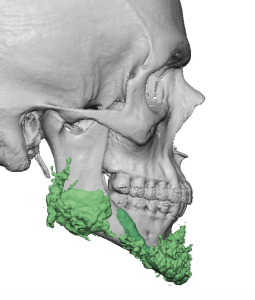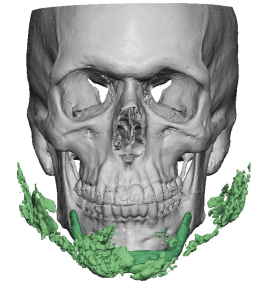While injectable fillers were initially not intended to be a facial bone augmentation method, it is now commonly done. The development of injectable fillers that have higher viscosities with stronger soft tissue displacements effects have led to their use for chin, jawline, cheek, midface and brow bone augmentations. Many of these fillers have longer lasting effects due to their compositions which is an added benefit.
As a result it is not uncommon today to see patients present for jawline implants that have either had or still have in place injectable fillers. The fillers have either served as an initial test or they have done such injections numerous times before and now desire to graduate to a permanent implant method.





Dr. Barry Eppley
World-Renowned Plastic Surgeon



